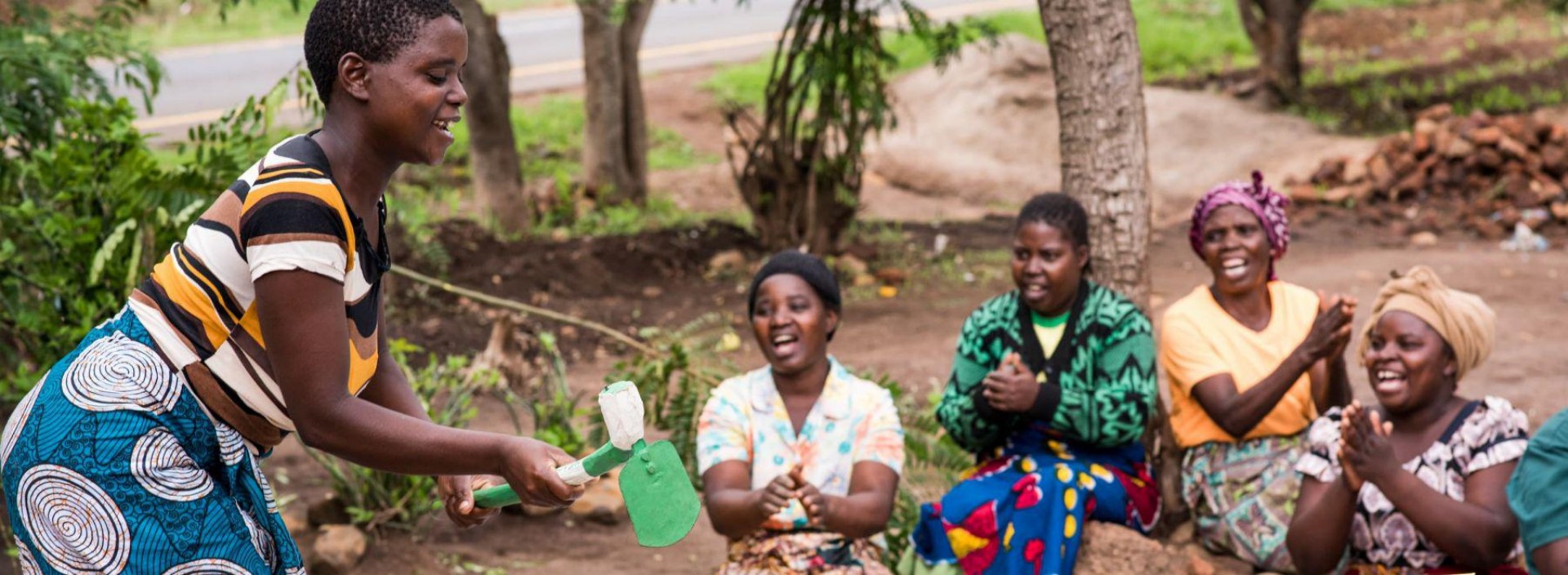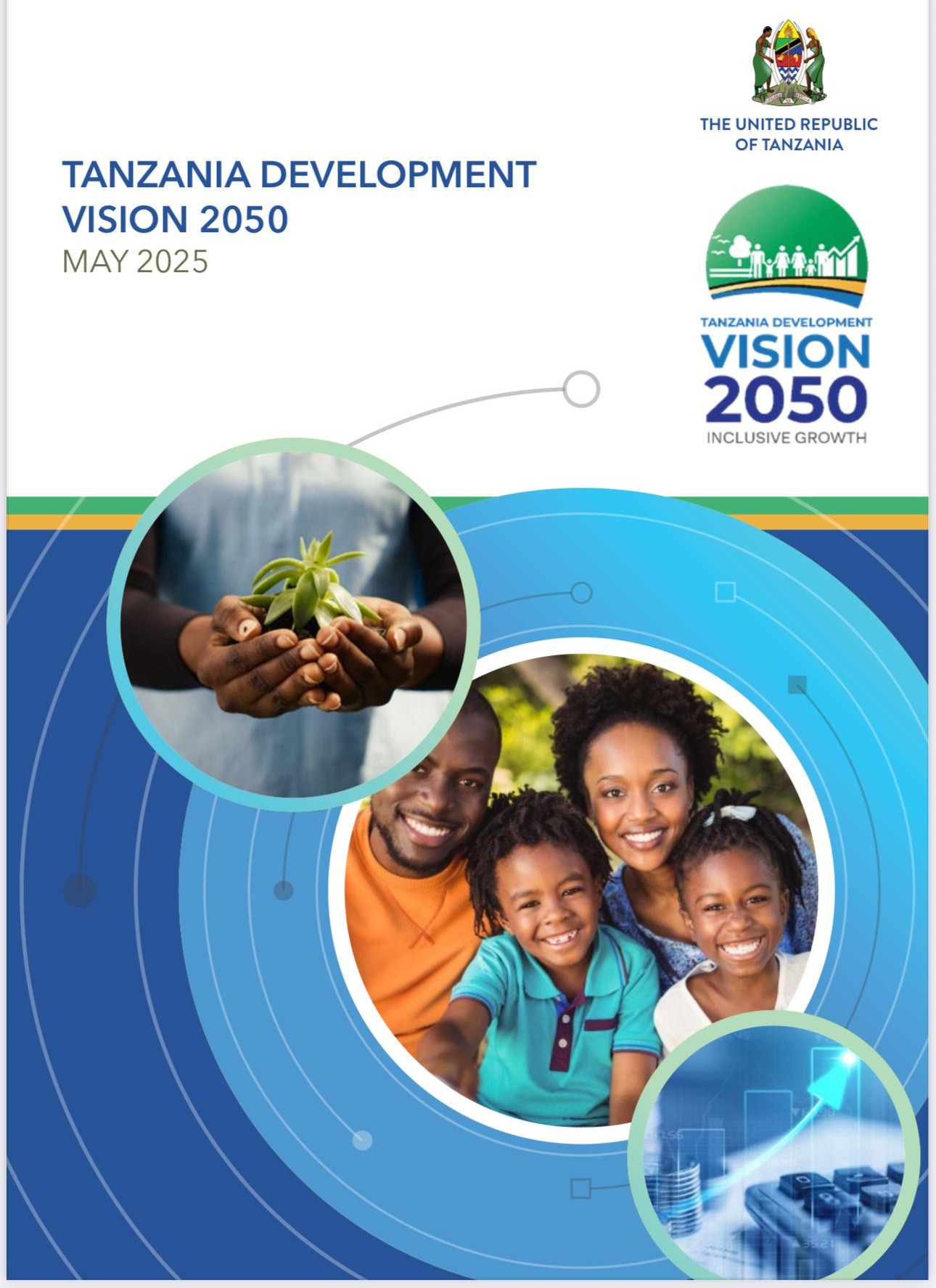Tanzania Development Plan 2050: The future of Agriculture and Food System transformation in
Tanzania
Tanzania’s Vision 2050 charts a transformative journey for the country’s agriculture sector,
positioning it as the engine of sustainable economic growth, climate resilience, and social
prosperity. Recognized as the foundation of national development, agriculture contributes
significantly to GDP, employment, and export earnings, all while serving as the backbone of
food security and rural livelihoods.
Under the Agricultural Transformation Master Plan 2050, Tanzania has identified twenty
strategic crops with high potential for import substitution and value addition, with
sunflower emerging as a flagship focus. This aligns with the government’s goal to reduce
reliance on imported edible oils by investing in hybrid seed adoption, irrigation expansion,
and public–private collaboration.
Investment in agriculture has accelerated dramatically. From just over Sh 294 billion in the
2021/22 fiscal year, the agriculture budget surged to approximately Sh 1.248 trillion by
2024/25, a remarkable increase of over 320 percent in just four years. The Ministry of
Agriculture’s 2025/26 budget request of Sh 1.24 trillion reflects a sustained commitment to
sectoral transformation through the expansion of irrigation, agro-processing, mechanization,
research and extension services, and input subsidies. These investments are expected to
drive a targeted crop sub-sector growth rate of 5 percent and propel agricultural output
across strategic crops from 1.45 million to over 2.2 million tonnes. Agricultural export
earnings are projected to rise toward USD 4 billion, while national food self-sufficiency
climbs to around 130 percent.
Private sector contributions are pivotal to this transformation. Government officials
emphasize that fulfilling Vision 2050’s goals depends on active private sector engagement
through Public-Private Partnerships. These collaborations are critical to attracting
capital, deploying technology, and delivering value chain infrastructure to drive
sustainable growth. Analysts project that realizing Tanzania’s ambition of a $1 trillion
economy by 2050 will require private sector contribution of around $700 billion, alongside
strong PPP governance frameworks, investor protections, and institutional reforms.
Sunflower production, in particular, has achieved extraordinary growth. Output rose from
approximately 479,000 tonnes in 2020/21 to over 1.22 million tonnes by 2023/24, representing
a more than 150 percent increase. Improved seed production followed suit: improved seed
output more than doubled, raising availability by nearly 80 percent. The number of
irrigation projects ballooned from just 13 in 2020/21 to nearly 780 in 2024/25, covering
more than half a million hectares. Investments totaling over Sh 1.3 trillion supported these
irrigation efforts, with significant contributions to mechanisation, seed and fertiliser
production, and post-harvest infrastructure.
The government’s sustainable investment approach goes beyond capital expenditure. Strategies
include tax reform to protect domestic producers, such as eliminating VAT on sunflower
processing equipment and raw materials, imposing tariffs on imported edible oil, and
supporting producer cooperatives. A new credit window supported by the Tanzania Cooperative
Bank and the Agriculture Input Trust Fund will provide low-interest loans, guarantees, and
equity financing to empower youth and women entrepreneurs. Dedicated investment funds have
been allocated to mechanization service centres, bioscience laboratories at research
centres, and seed banks to scale capacity across strategic value chains.
These investments are consistent with national frameworks such as Agenda 10/30 and ASDP II,
which seek to achieve 10 percent agricultural growth annually by 2030, reduce poverty by
half, ensure availability of raw materials for agro-industries, generate millions of decent
jobs for youth and women, and dramatically boost export earnings.
Sunflower remains at the center of this vision, not only as a crop with growing production
and export potential, but also as a key driver of sustainable rural development. By
anchoring investments in seed systems, irrigation, mechanization, credit, research, and
value addition, Tanzania is forging a model of agricultural transformation aligned with both
economic and ecological goals. If continued strategically, these investments will advance
food security, elevate rural incomes, empower women and youth, and position Tanzania as a
leader in climate-smart agribusiness in the region.





